Kazoku ni tsuite hanasou.
Sensei ni tsuduite ittemiyou.
| 1. |
My mother is… わたしのおかあさんは Watashi no okaa san wa |
 |
KIND. しんせつです。 shinsetsu desu. |
|
SHORT. せがひくいです。 se ga hikui desu. |
|||
| 2. |
My father is… わたしのおとうさんは Watashi no otou san wa |
 |
TALL. 背が高いです。 se ga takai desu. |
|
GENTLE. やさしいです。 yasashii desu. |
|||
| 3. |
My brother/sister is… わたしのきょうだい/しまいは Watashi no kyoudai/shimai wa |
 |
CHEERFUL. ようきです。 youki desu. |
|
SMART. かしこいです。 kashikoi desu. |
REPEAT AFTER ME.
Nani wo shiteiru no kana?
Sensei no itta koto wo kurikaesou.
Kare wa nani wo shiteiru no kana?
 |
+ |
is |
+ |  |
|
WORKING はたらいている。 hataraite iru. |
Kanojo wa nani wo shiteiru no kana?
 |
+ |
is |
+ |  |
|
COOKING りょうりをしている。 ryouri wo shiteiru. |
Kare wa nani wo shiteiru no kana?
 |
+ |
is |
+ | 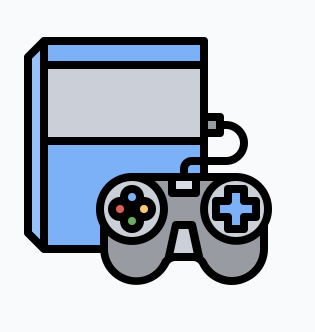 |
|
PLAYING あそんでいる。 asonde iru. |
Yoku dekitane! Kyou wa arigatou. Baibai!


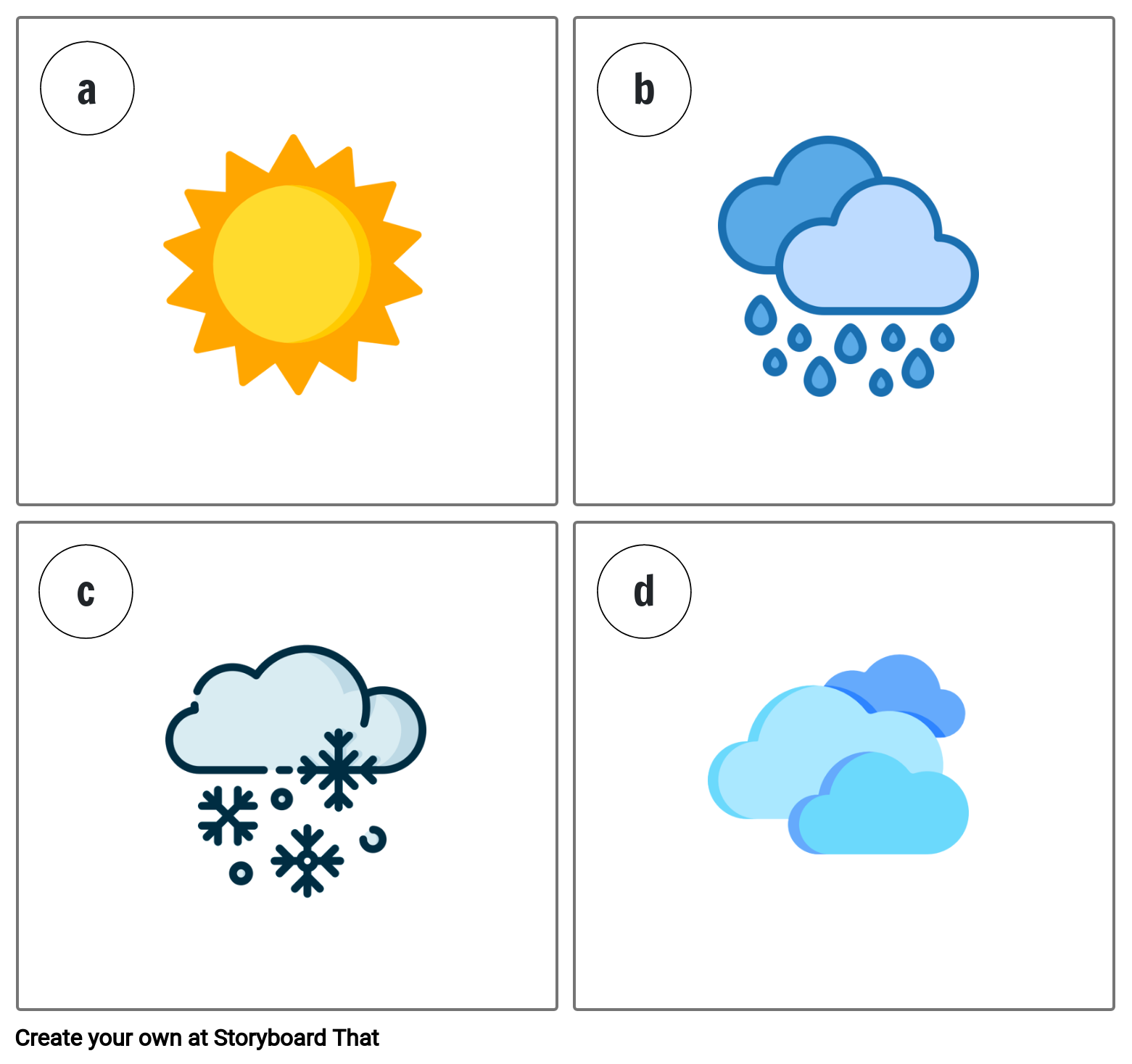





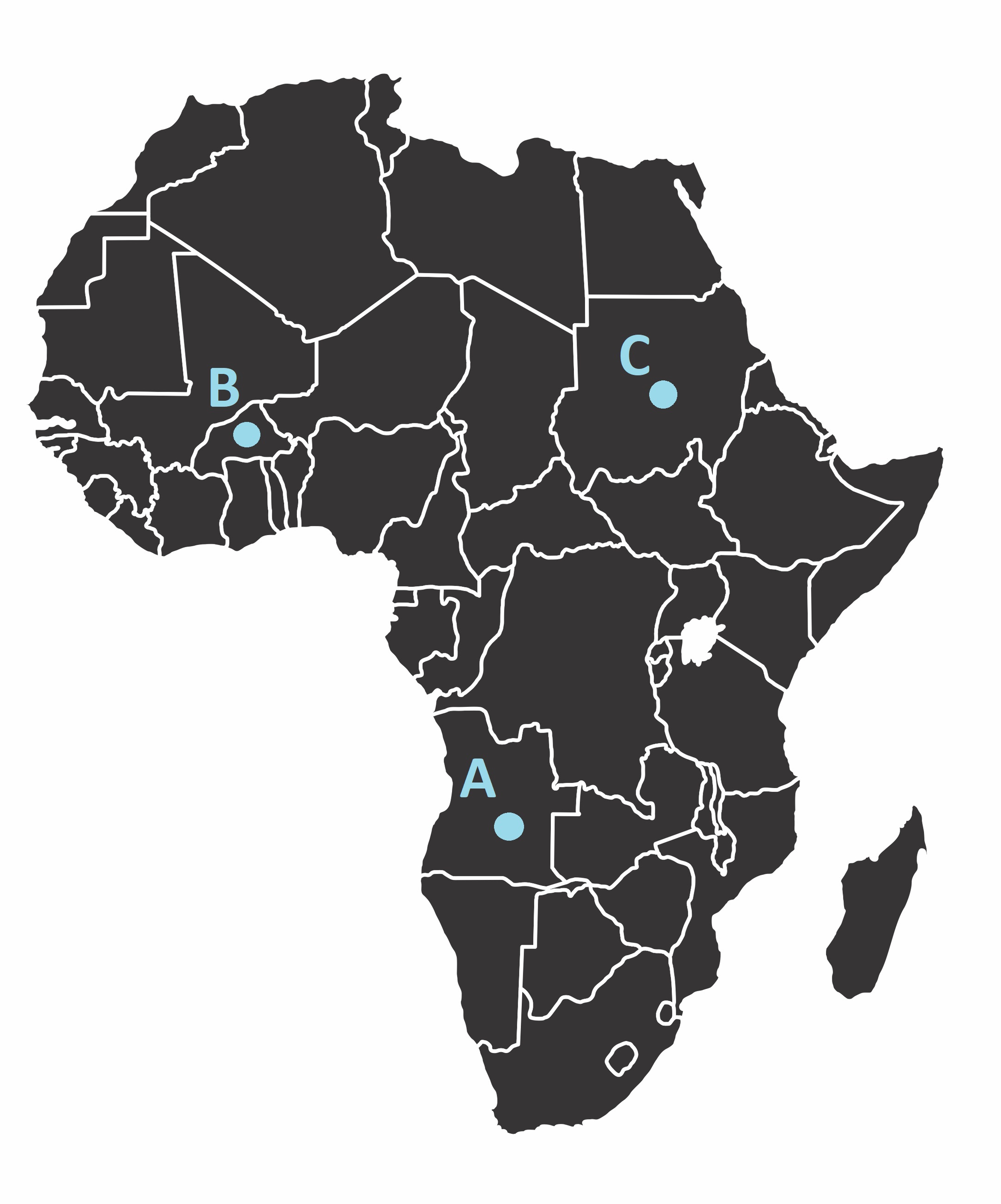

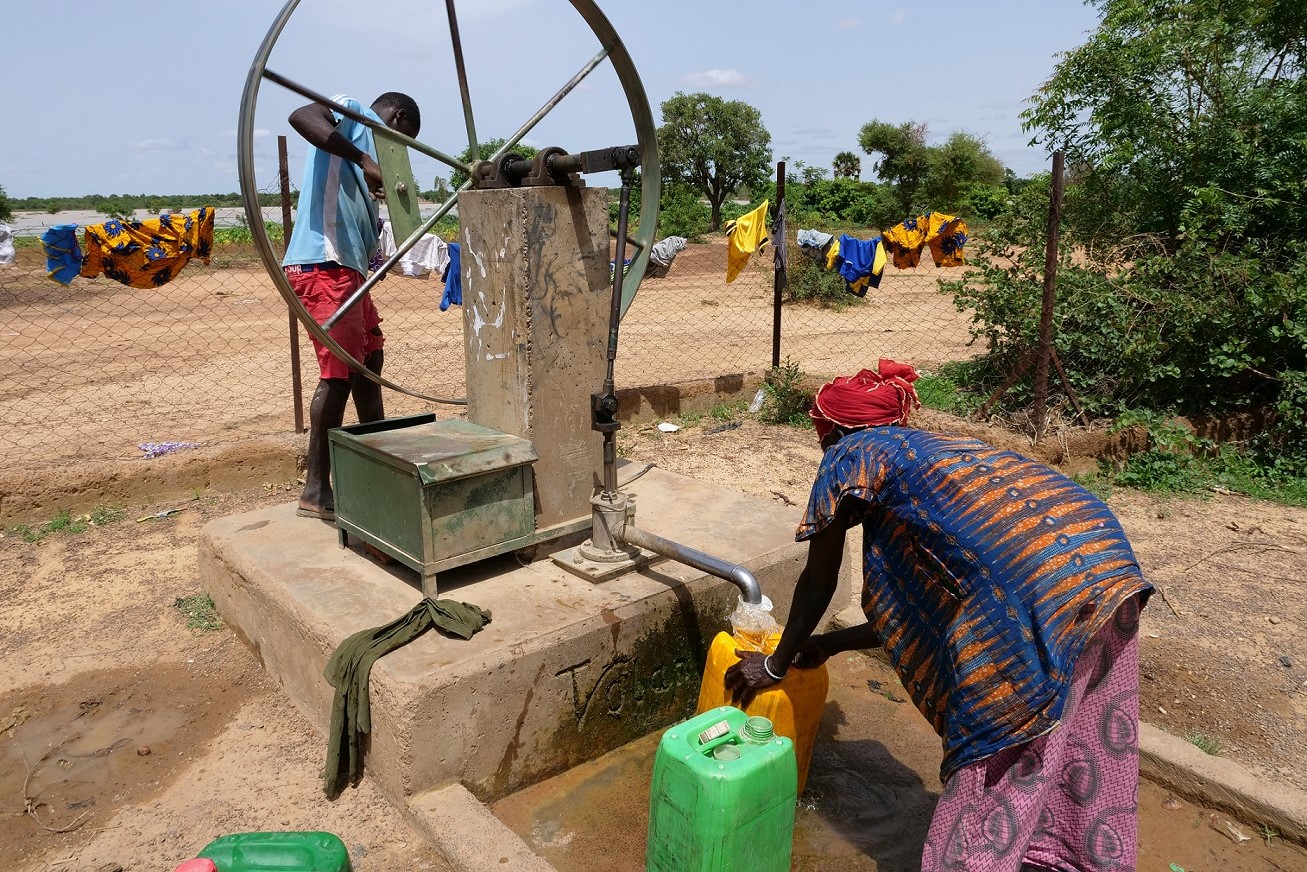




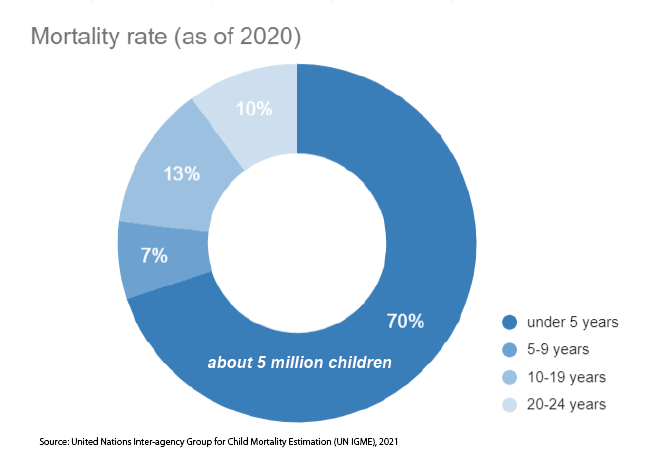








































 It is a _ _c_e_.
It is a _ _c_e_. It is a pair of _o_k_.
It is a pair of _o_k_.